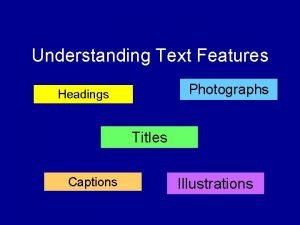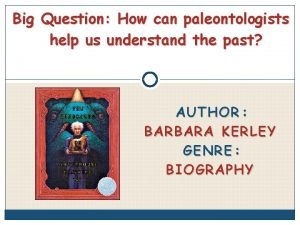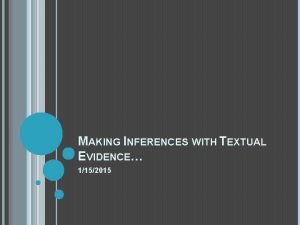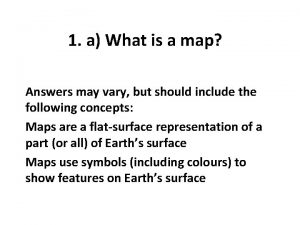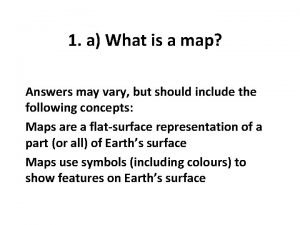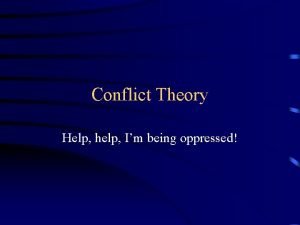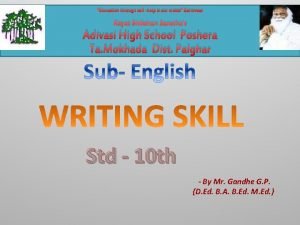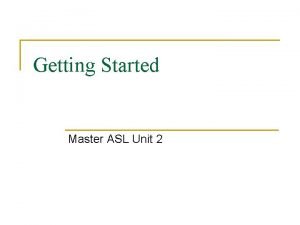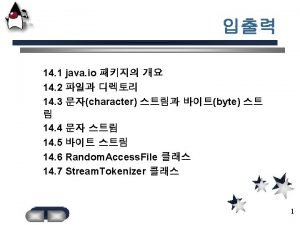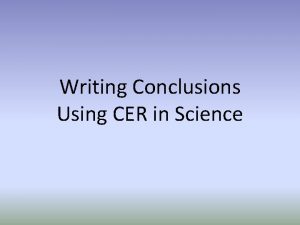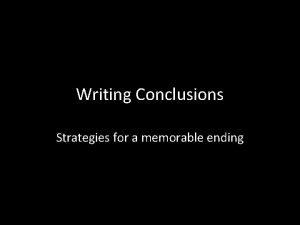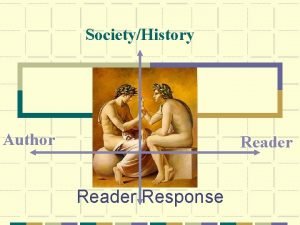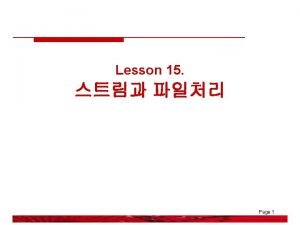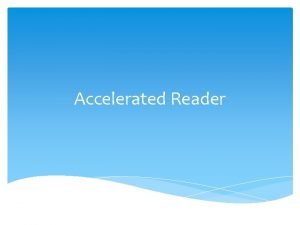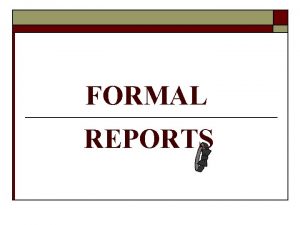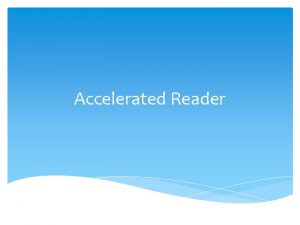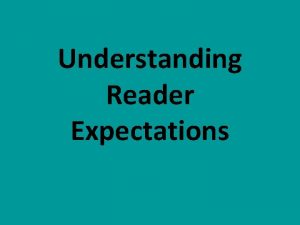WRITING CONCLUSIONS WRITING CONCLUSIONS Help the reader understand

















- Slides: 17

WRITING CONCLUSIONS

WRITING CONCLUSIONS • Help the reader understand why your research should matter to them. • It is not merely a summary of the main topics covered or a re-statement of your research problem, but a synthesis of key points and, if applicable, where you recommend new areas for future research. • One or two well-developed paragraphs is sufficient for a conclusion, although in some cases, three or more paragraphs may be required.

Well-written conclusions… • Provide important opportunities to demonstrate the reader your understanding of the research problem. • Present the last word on the issues you raised in your paper. • Summarize your thoughts and convey the larger significance of your study. •

Well-written conclusions… • Identify how a gap in the literature has been addressed. • Demonstrate the importance of your ideas. • Introduce possible new or expanded ways of thinking about the research problem.

GENERAL STRUCTURE 1. Restates the main argument 2. Presents one or two general sentences which accurately summarize your arguments which support the main premise 3. Provides a general warning of the consequences of not following the premise that you put forward and/or a general statement of how the community will benefit from following that premise

SUGGESTIONS • Answer the question "So What? " Show your readers that your paper was meaningful and useful. • Synthesize. Don't simply repeat things that were in your paper. Show them how the points you made and the support and examples you used were not random, but fit together.

SUGGESTIONS • Redirect your readers. Give your reader something to think about, perhaps a way to use your paper in the "real" world.

WRITING AN ABSTRACT

WRITING AN ABSTRACT It is a well-developed single paragraph of no more than 250 words in length. Although it is placed at the beginning of your paper, immediately following the title page, the abstract should be the last thing that you write, once you are sure of the conclusions you will reach.

WRITING AN ABSTRACT • It is a concise summary of a research paper or entire thesis. • It is an original work, not an excerpted passage. An abstract must be fully selfcontained and make sense by itself, without further reference to outside sources or to the actual paper.

WRITING AN ABSTRACT The function of the abstract is to outline briefly all parts of the paper. • Key content areas • Purpose of your paper • The relevance or importance of your work • Main conclusions. • Contains no information not included in the paper

WHAT MAKES A GOOD ABSTRACT? • It is written in plain English and is understandable to a wider audience, as well as to your discipline-specific audience • It often uses passive structures, focusing on the issues rather than people • It uses the language of the original paper, often in a more simplified form for the more general reader. • It usually does not include any referencing

WHAT MAKES A BAD ABSTRACT? Bad (Length): Too short and readers won’t know enough about your work; too long and it may be rejected by the journal. Bad (Structure): Jumping from point to point with no clear flow will confuse your readers. Bad (Content): Focusing on the wrong information, such as too much content about others’ work, will put off readers

WHAT MAKES A BAD ABSTRACT? Bad (Style): A badly written abstract will confuse or turn off readers, who will not want to read a badly written article. Bad (Language): Too much jargon makes an abstract difficult to read and even harder to understand. Bad (Conclusion): A weak – or worse, no – conclusion does not reflect the impact and importance of the work.

WHAT MAKES A BAD ABSTRACT? Bad (key words) : Too few keywords in the abstract means the article is difficult to find in searches.

HOW TO WRITE AN ABSTRACT • Re-read your paper for an overview. Then read each section and condense the information in each down to 1 -2 sentences. • Next read these sentences again to ensure that they cover the major points in your paper. • Ensure you have written something for each of the key points outlined above.

HOW TO WRITE AN ABSTRACT • Check the word length and further reduce your words if necessary by cutting out unnecessary words or rewriting some of the sentences into a single, more concise sentence. • Edit for flow and expression.
 Are titles of photographs italicized
Are titles of photographs italicized To understand recursion you must understand recursion
To understand recursion you must understand recursion History helps us to understand these about people
History helps us to understand these about people How can paleontologists help us understand the past
How can paleontologists help us understand the past How does textual evidence help a reader make an inference
How does textual evidence help a reader make an inference How do maps help focus the reader's attention
How do maps help focus the reader's attention Large scale map definition
Large scale map definition Help us help you
Help us help you I m being oppressed
I m being oppressed Helper chapter 1
Helper chapter 1 Self help and community help is the motto of
Self help and community help is the motto of My mother makes me chicken poem
My mother makes me chicken poem Question maker face asl
Question maker face asl Opinion writing conclusions
Opinion writing conclusions Conclusions for informational writing
Conclusions for informational writing Hát kết hợp bộ gõ cơ thể
Hát kết hợp bộ gõ cơ thể Lp html
Lp html Bổ thể
Bổ thể
